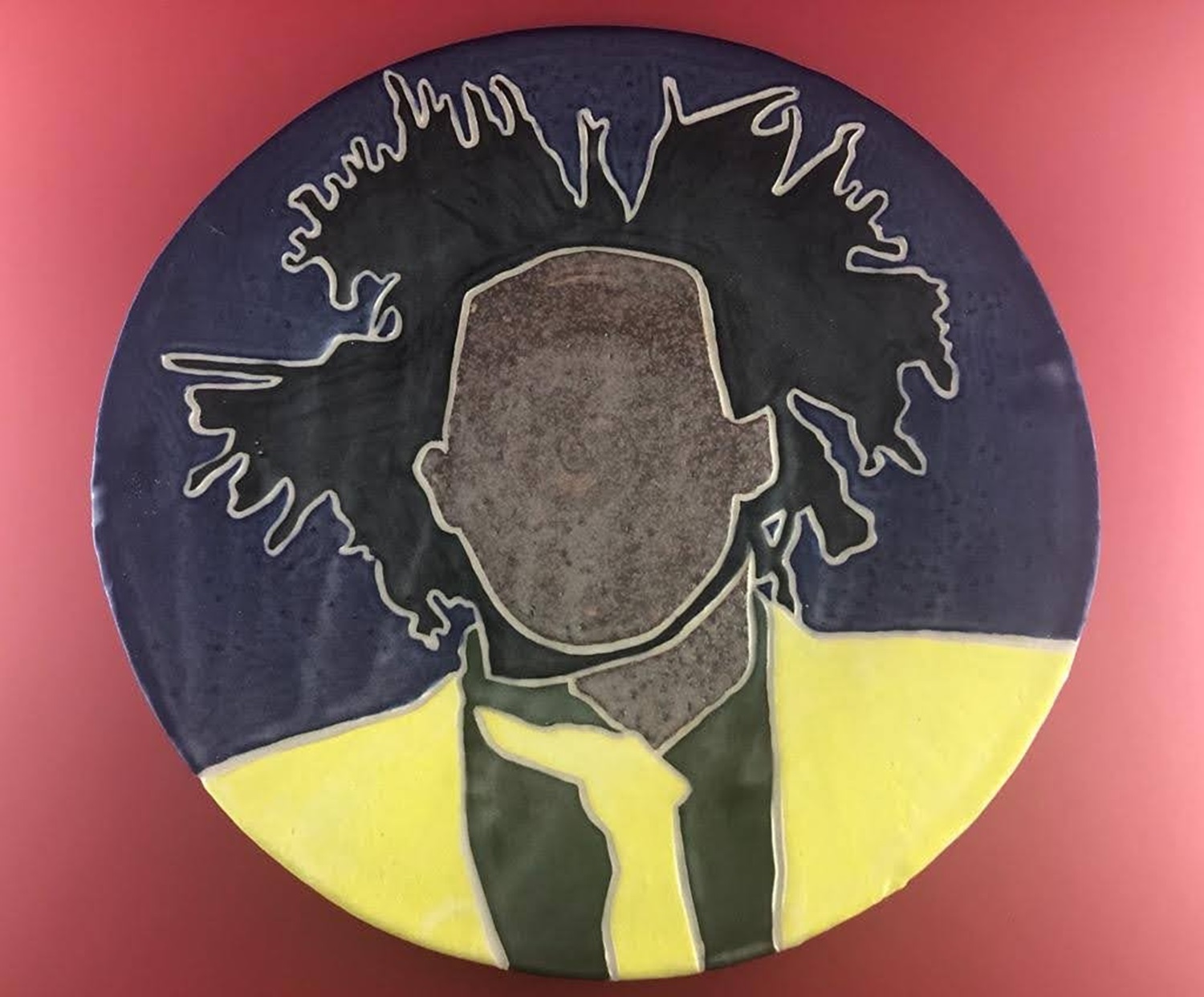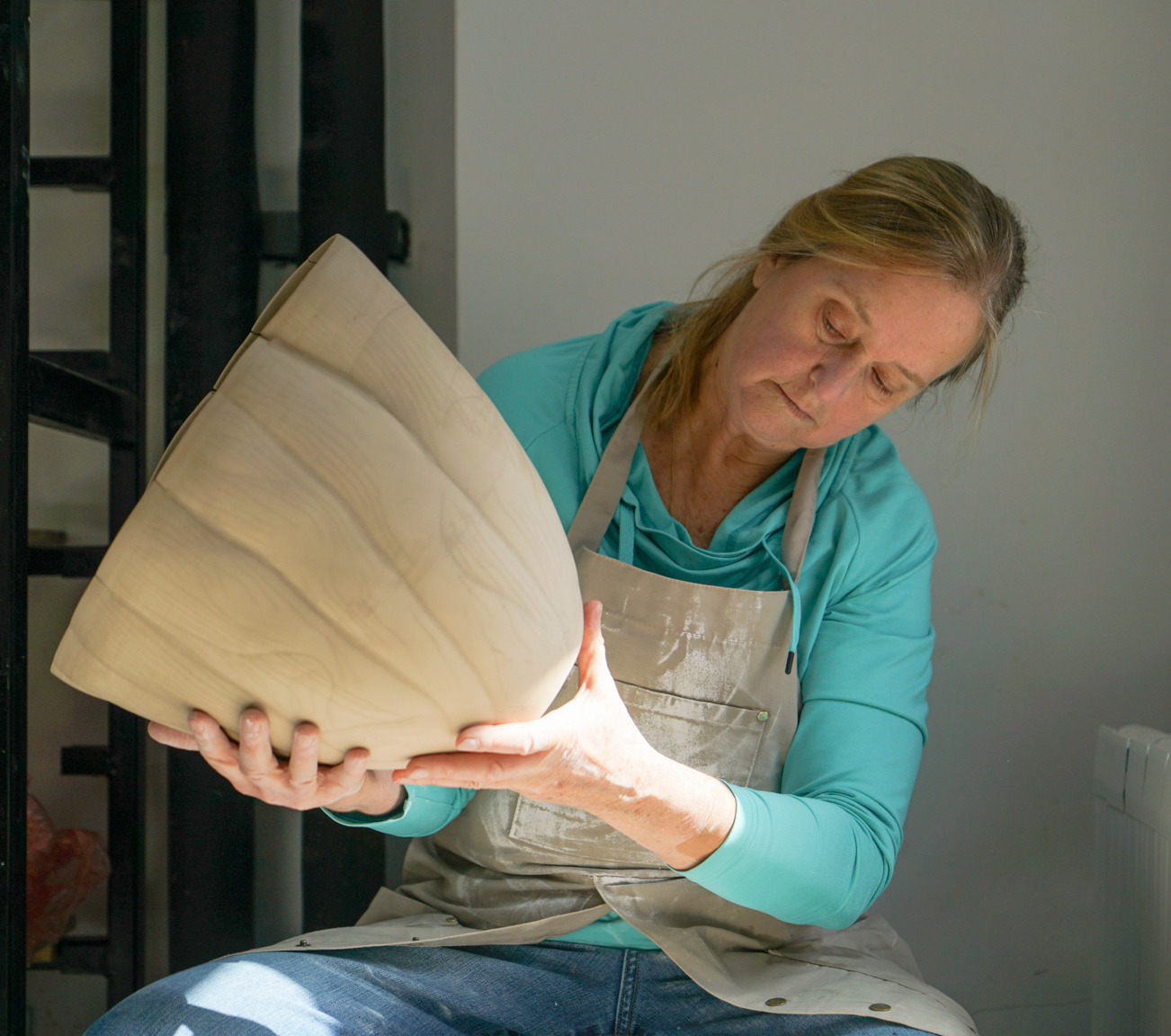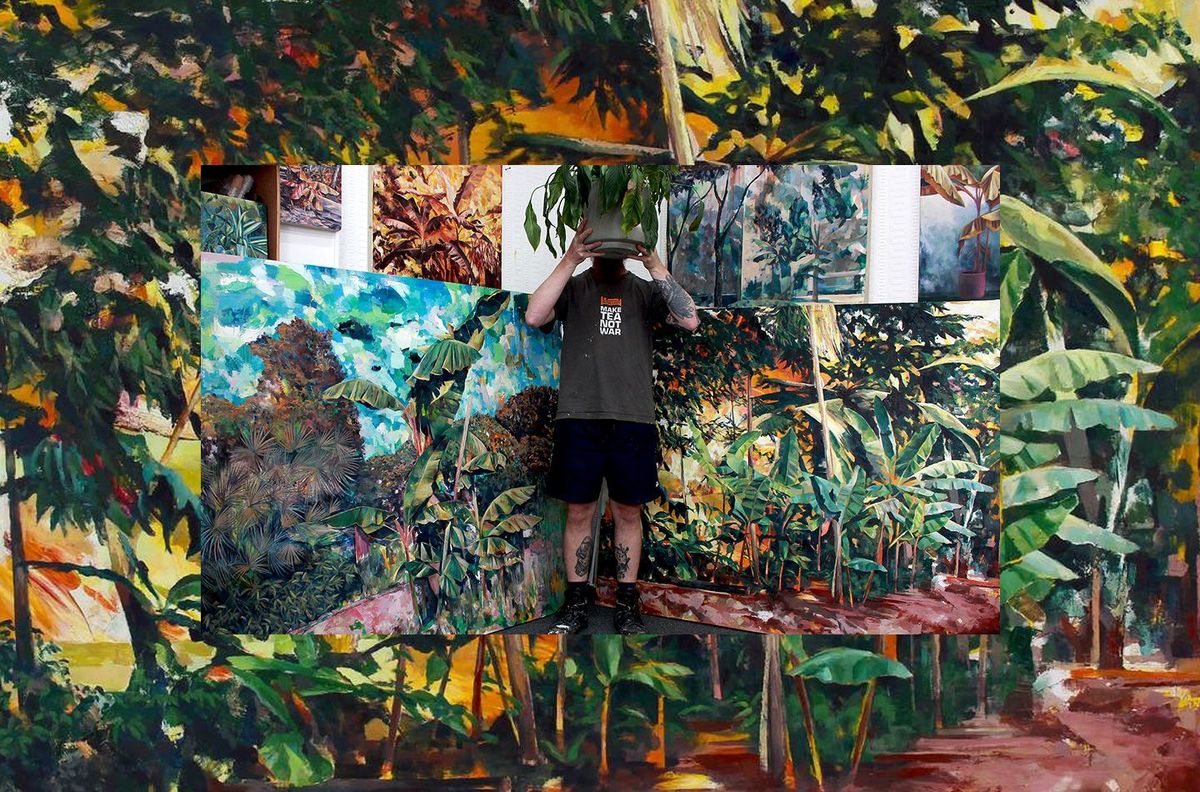Podcast: Play in new window | Download
Marie Kouyaté | Episode 1057
Marie Kouyaté’s artistic practice is characterized by three guiding elements: retrospection, exploration and rehabilitation. Through her art Marie looks back to preserve and share her history, traditions and culture. Marie is a descendent of a long line of Fulani Griots – the nomadic chroniclers, storytellers and poets of West Africa.
SPONSORS
 You can help support the show!
You can help support the show!
Number 1 brand in America for a reason. Skutt.com
For all your ceramic needs go to Georgies.com

Do you plan the image of a piece before you start?
Kind of. So I usually have a pretty good idea of what it is that I want to do. Especially now that I have two kids. Eve
Do you always start with a feeling?
Not always. Sometimes it’s an idea but feeling is definitely an integral part of the production, if that makes sense. A feeling is what kind of guides the work.
You mentioned when you get to the carving stage you can get into this trance like state, some people would call flow. Do you have any prompts to actually get you into that state?
Yeah, I think music is a huge part of getting into that state. I always have my headphones in. Sometimes it’s music, sometimes it’s listening to a podcast, but usually it’s music that really gets me into that state where I am just really lost in it.
What kind of music are you listening to?
That’s a really good question. I am a huge music head, meaning like I listen to everything. Again I am kind of guided by my feelings so if I feel it I like it. So I don’t really have any specific genre that I listen to. I listen to just about everything. But right now I am really into alternative R and B at the moment and a lot of great artist coming out recently.
When you finish a piece do you think, Ah, that’s an expression of me.?
That’s a really good question. I think more so I find creation as a form of exploring my identity. If that makes sense. I am getting closer to figuring that out through the process. I have a sense of self. I know who I am and where I come from but I also find that through creation I am also discovering parts of myself that I didn’t know existed. So yeah, I think there is a vulnerability that goes into creating and being open to what you experience and what you find out through that process.
How long does a typical piece take for you to carve?
It really depends. It depends how the flow goes really. So there are some pieces that I can do in one sitting, I can do the etching in one day and the rest is really just carving and glazing. And then there are some pieces that take me maybe three or four sessions which can turn into weeks, as you know. Depending on when you can get in the studio. It really just depends on how it comes together but I would say the average from beginning to end is maybe a week or two.
Book

An African History of Africa by Zeinab Badawi
Contact
Instagram: @kouyate_clay














 Tools you find indispensable.
Tools you find indispensable. 














